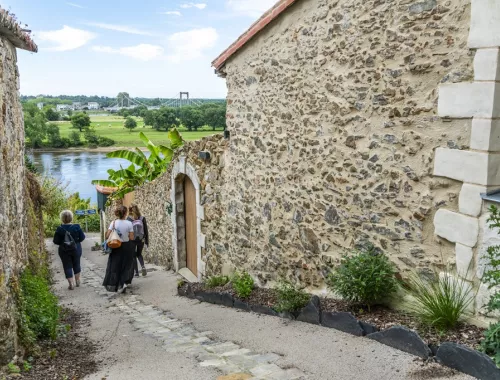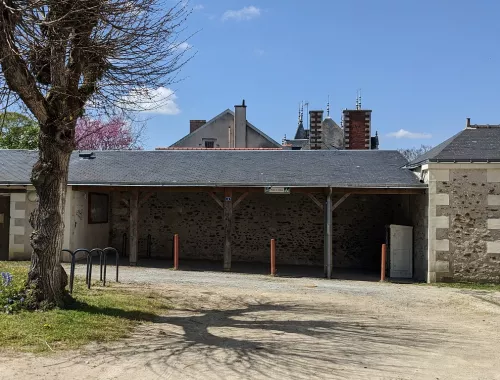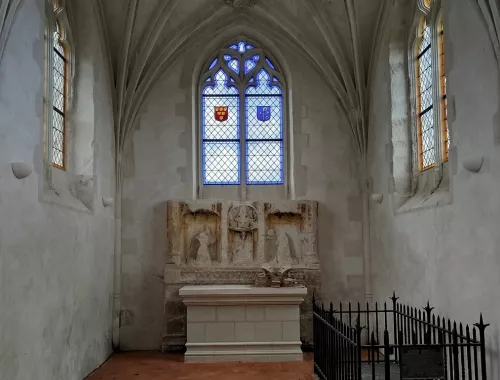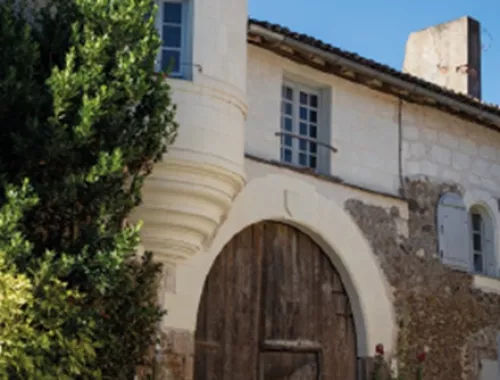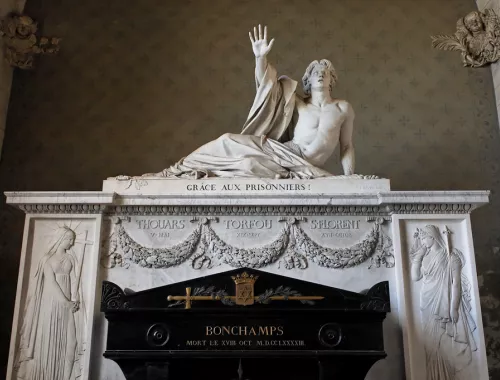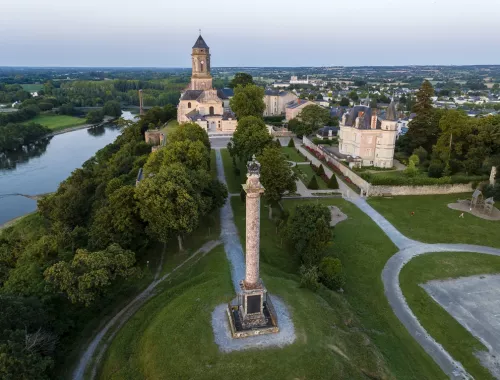Chapelle Saint-Charles, dite Cathelineau
Activity
Saint-Florent-le-Vieil
Description
The Saint-Charles chapel, more commonly known as the Cathelineau chapel, is a small architectural treasure containing the tomb of the Vendée leader Jacques Cathelineau and his son.
Infos
Equipement
- Picnic area
Access
Address
Rue Jacques Cathelineau
SAINT-FLORENT-LE-VIEIL
49410 MAUGES-SUR-LOIRE
FRANCE
Nearby
Public transport : Anjou Bus (0,3km)
SNCF train station : Gare SNCF - VARADES (3km)
Motorway : A11 (20km)
updated : 29 août 2025By : Pôle Tourisme ôsezMaugesSuggest changes.

